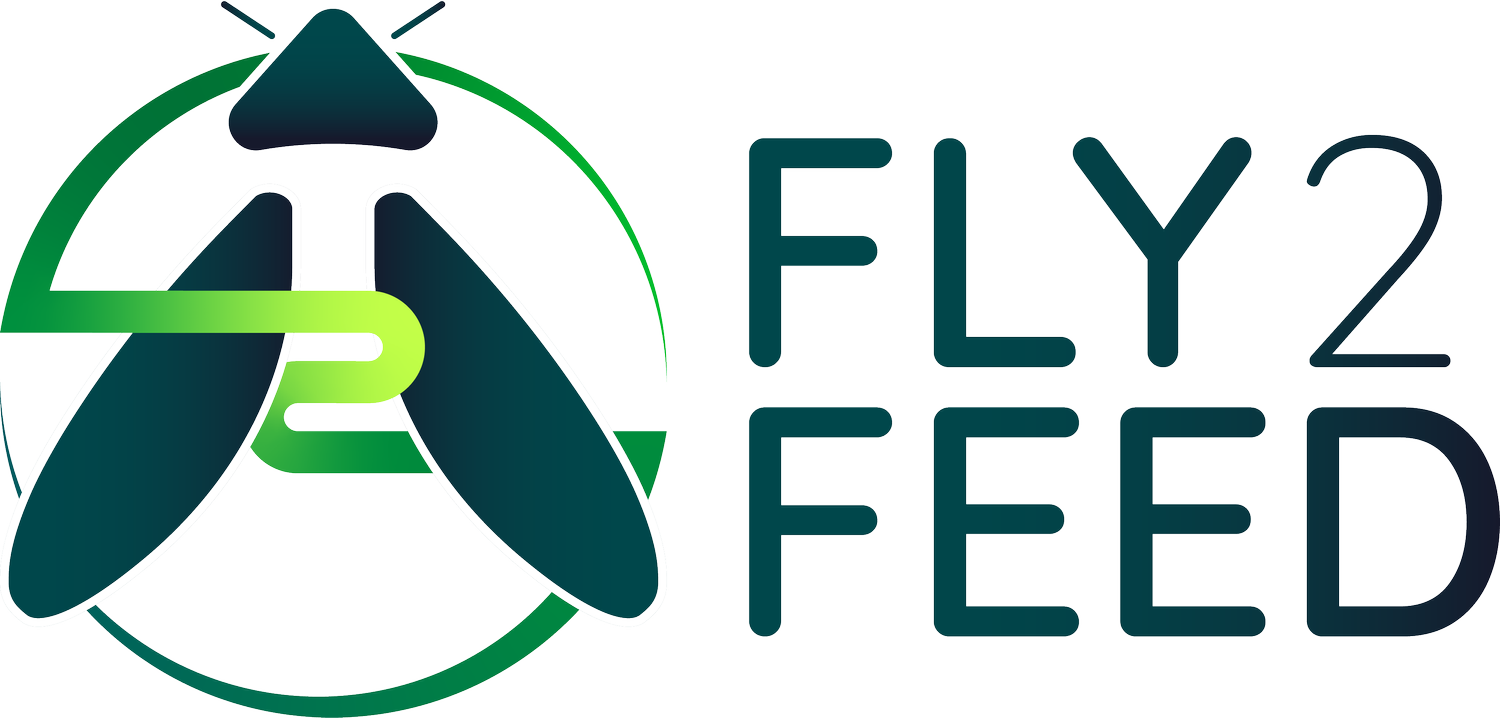Super happy chickens
Fly2Feed is continuing to conduct trials for insect fed broiler chickens. This trial has monitored behaviour, palatability and basic performance metrics of the chickens.
What have we learnt so far?
🐤 The chickens really, really enjoy eating the larvae. They have shown increased activity levels when given the opportunity to eat insects, especially when the larvae are wriggling.
🐤 They don't die. This is clearly crucial. But with novel feed applications, it is important to at least maintain standard mortality rates, if not improve them.
🐤 Methods of feeding are currently labour intensive. I'm looking to develop innovative ways around this.
🐤 Insects hibernate. In order to align insect production timings with timings for when the chickens were of the correct age, I had to store the insects in a temperature controlled setting. The insects stopped developing and growing when they hibernated, meaning nutrient density of the larvae was retained.
Insect fed broiler chickens UK
The trial has been hugely beneficial for both us at Fly2Feed to learn more about the chicken behaviour, eating patterns and nutrition. It has also benefitted the farmer, who is always on the look out to innovate. There are often gimmicky ideas such as introducing windows to the sheds for the inclusion of natural light. However, this is potentially game changing.
There is still so much to learn and so we are looking to continue our research trials. We are looking to team up with some animal scientists to monitor these behaviours closer. The performance monitoring will continue, although the current data is not yet robust enough and we need more time to develop the trials further. Finally, we want to look into improving the feeding methods, as currently this is not scalable from a labour point of view.
If you like these posts, please follow us on TikTok and Instagram.

